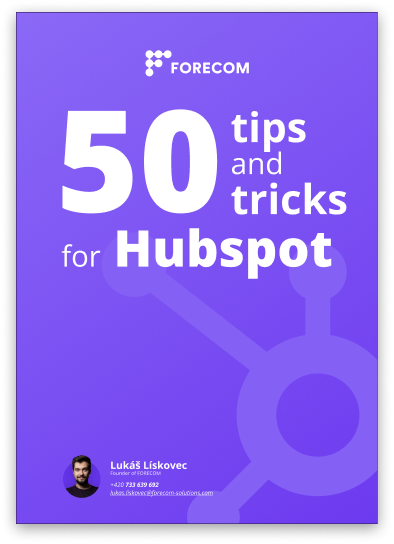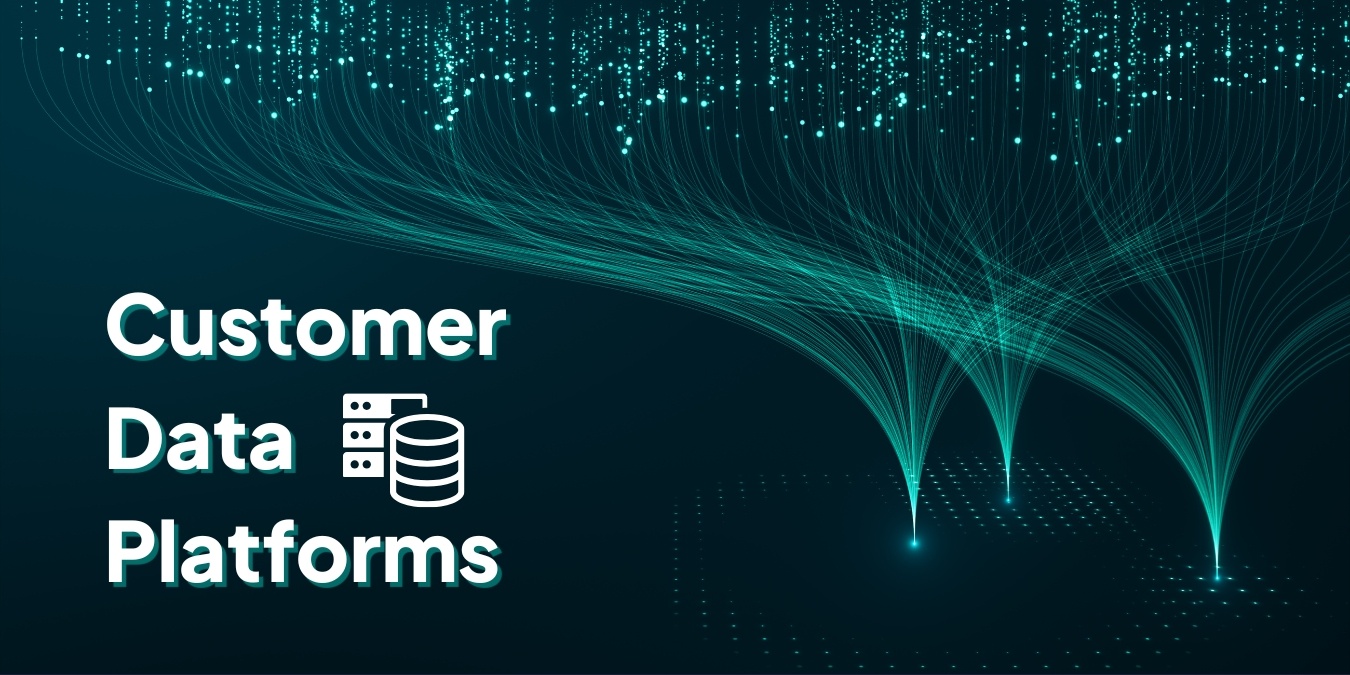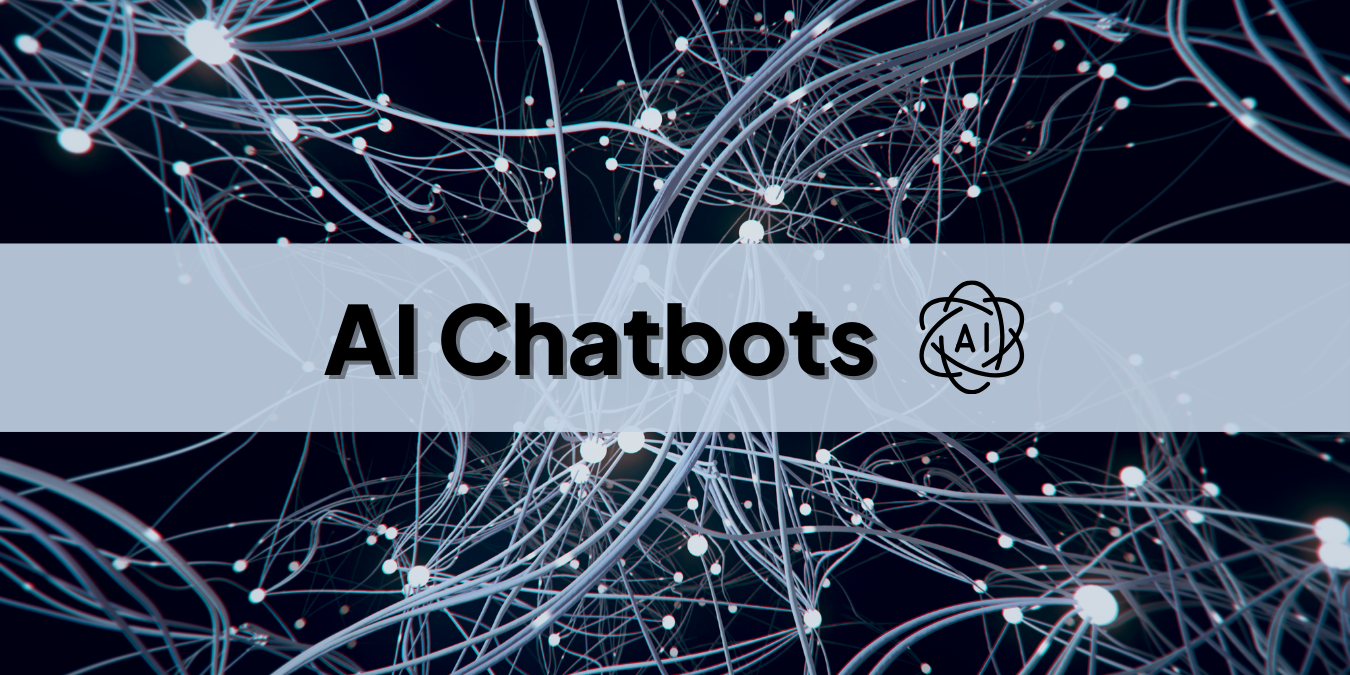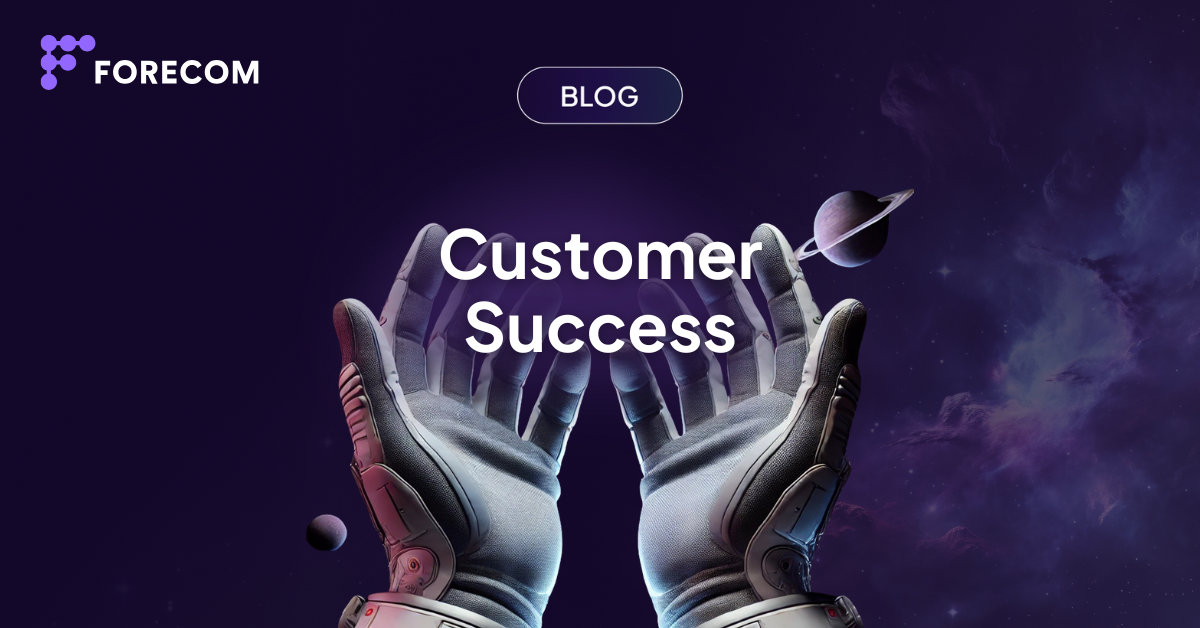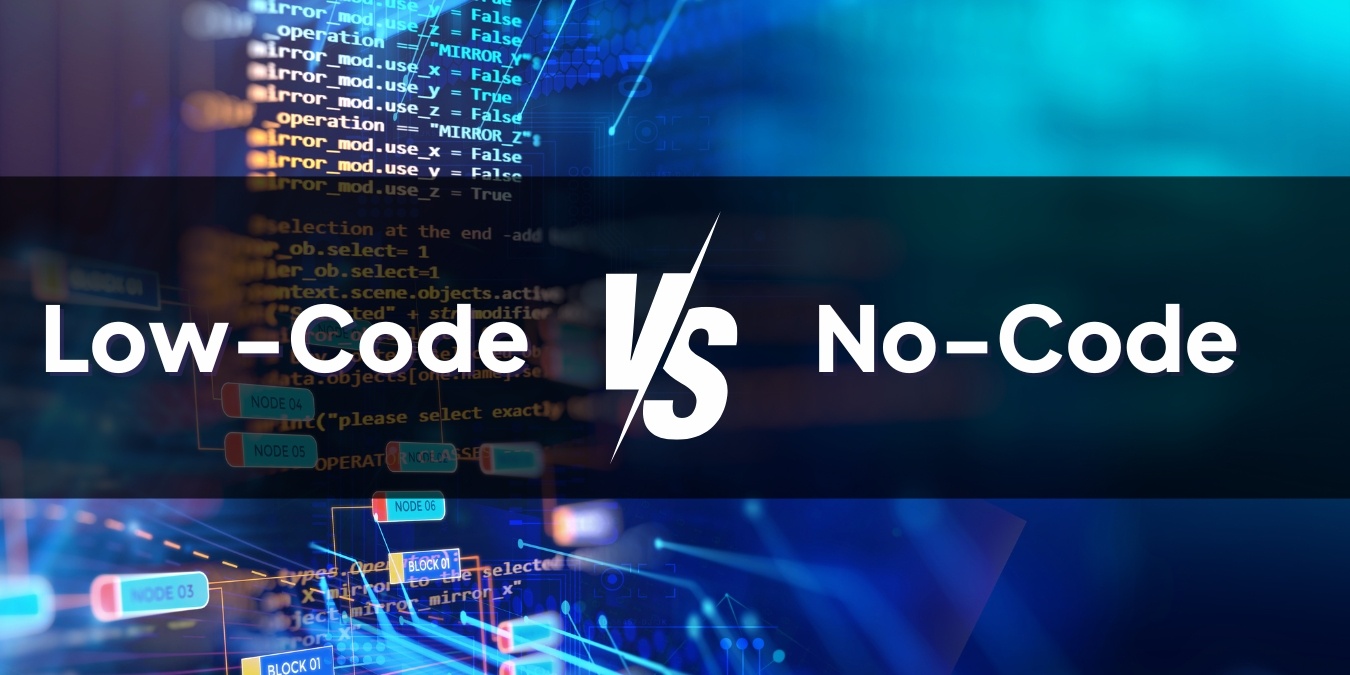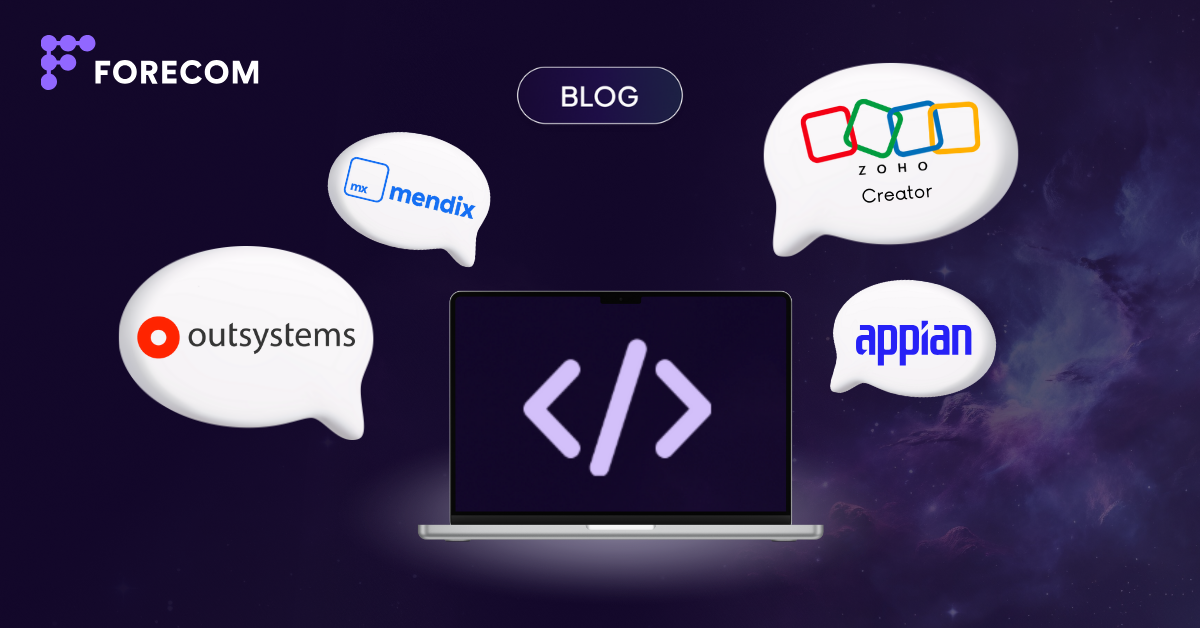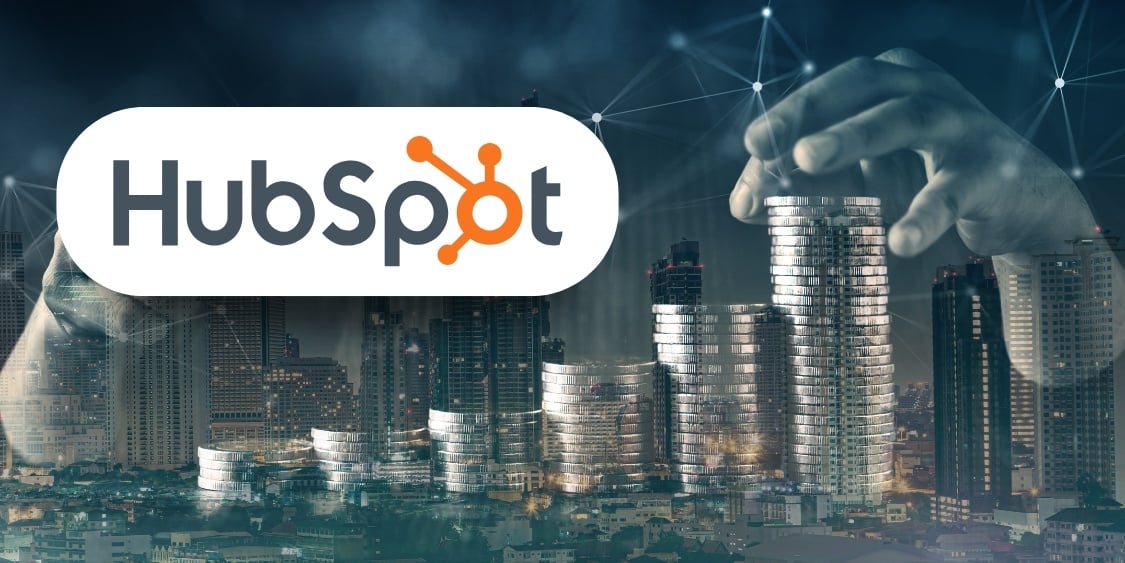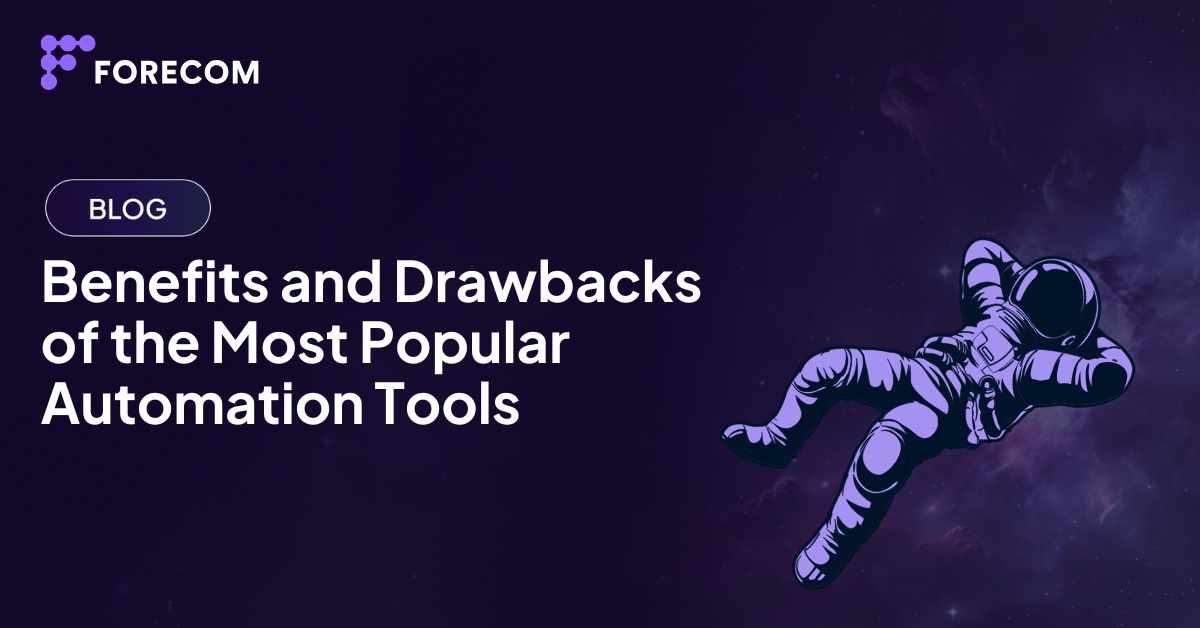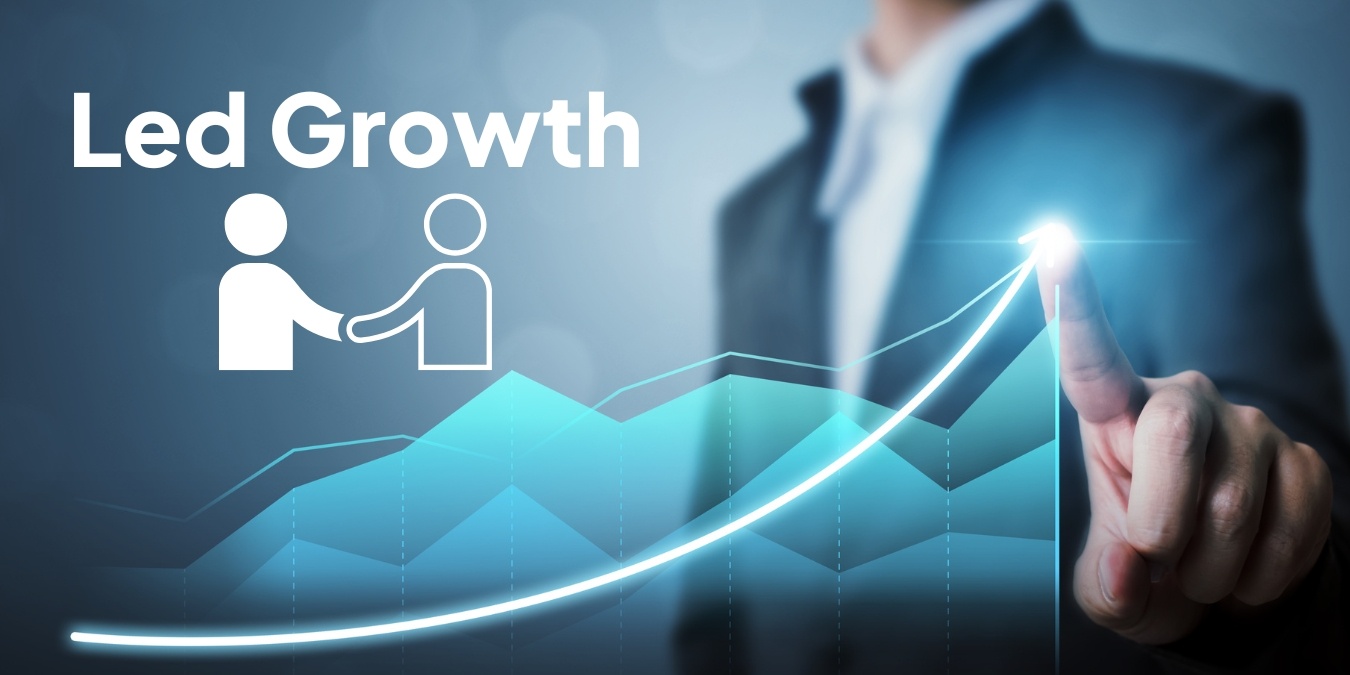Hearing about Customer Data Platforms for the first time? This guide breaks down everything you need to know and how they can improve your customer data strategy.
Table of Contents
Introduction
How Do CDPs Differ from CRMs?
Core Components of a CDP
Top Customer Data Platforms to Consider
Conclusion
FAQ
Introduction
You’ve probably heard a lot about CRMs, most businesses rely on them to manage customer relationships and track sales. But have you come across CDPs? While they might sound similar, CDPs serve a different purpose, tackling one of today’s biggest business challenges: turning scattered customer data into actionable insights.
In this article, we’ll unpack what CDPs are, how they differ from CRMs, and introduce you to some of the top solutions available today.
What is a Customer Data Platform?
At its core, a customer data platform is a tool designed to help manage and make sense of customer data scattered across multiple channels and systems. Unlike traditional tools, CDPs bring all that data together, creating a single, unified view of each customer. This means your marketing, sales, and customer service teams can rely on one source of truth to deliver personalized experiences.
So, what makes a CDP special? These platforms collect data from various sources, like websites, social media, email campaigns, and even point-of-sale systems, and organize it into a centralized platform. But they don’t stop there. They enable real-time segmentation, predictive analytics, and automated activation, meaning you can take action on insights as they happen.
For example, imagine knowing that a customer browsed a product on your website, clicked on an email offer, and recently visited your store. A CDP connects these dots, creating a 360-degree profile that helps you send the perfect follow-up message or recommendation at just the right moment.
How Do CDPs Differ from CRMs?
If you’re familiar with CRMs (Customer Relationship Management systems), you might think a CDP is just another version of the same tool. But while both are designed to manage customer-related data, they focus on very different goals.
|
CRM |
CDP |
|
|
Primary Goal |
Manage one-on-one customer relationships and interactions. |
Aggregate and analyze customer data to understand trends and behaviors. |
|
Data Sources |
Direct interactions (emails, calls, sales history, support logs). |
Broad sources (websites, mobile apps, social media, POS systems, etc.). |
|
Data Collection |
Relies heavily on manual data entry. |
Automatically collects and unifies data from multiple channels. |
|
Target Audience |
Primarily sales and support teams. |
Primarily marketing and analytics teams. |
|
Key Use Cases |
Track customer touchpoints, manage pipelines, improve customer service. |
Segment audiences, personalize campaigns, power omnichannel marketing. |
|
Focus |
Individual customer relationships. |
A unified view of customer data for insights and patterns. |
|
Scope |
Narrow, focusing on individual customer records. |
Broad, providing a holistic view of the entire audience. |
CRMs are built to help businesses manage relationships with individual customers. They’re excellent for keeping track of interactions like emails, calls, and sales history. For example, your sales team can use a CRM to see when a client last made a purchase or follow up on a service request. However, CRMs usually rely on manual data entry and can be limited to direct interactions between your business and your customers.
CDPs, on the other hand, automatically pull in data from websites, mobile apps, social media, and more. This makes them incredibly valuable for marketers who want to analyze trends, segment audiences, and deliver personalized campaigns across multiple channels.
The key difference lies in their focus and scope. CRMs shine when it comes to tracking and improving individual customer relationships, especially in sales and support contexts. CDPs excel at organizing and analyzing broader sets of customer data to uncover patterns and power real-time marketing strategies.
Both tools are essential in their own right. A CRM ensures that no customer falls through the cracks during one-on-one interactions, while a CDP provides a bird’s-eye view that helps businesses understand their audience as a whole. Together, they create a balanced approach to managing customer data – combining the personal touch of a CRM with the data-driven insights of a CDP.
Core Components of a CDP
CDPs rely on several core components that work together to help businesses understand their customers better, deliver personalized experiences, and make smarter decisions.
1. Data Ingestion and Storage
Think of this as the foundation of a CDP. It’s where all your customer data is securely collected and stored. CDPs use automated connectors and APIs to pull data from multiple sources. With proper data governance and privacy measures in place, this layer ensures your data is organized, compliant, and ready to be used.
2. Identity Resolution and Unified Profiles
This is where the magic happens. A CDP takes all the data it collects and pieces it together to create a single, complete view of each customer. This process, called identity resolution, uses smart matching techniques to combine data from various sources. The result? A customer profile that tells you not just who your customers are but also what they’re doing and why they’re engaging (or not engaging) with your business.
3. Data Enrichment and Modeling
Once customer profiles are built, they’re further enhanced by adding extra layers of information. A CDP can integrate external data sources or use internal analytics to fill in gaps and add context. For instance, behavioral patterns, demographic details, and purchase preferences can all be layered into the profiles. This step makes it easier to group customers into segments, like your most loyal shoppers or those who might need a nudge to come back.
4. Analytics and Insights
By leveraging machine learning and predictive analytics, it uncovers valuable insights about your customers. You can identify trends, anticipate behaviors, and even predict outcomes, like which customers are most likely to make a purchase or who might need special attention
5. Real-Time Activation and Orchestration
This is the "action" layer of a CDP, and it’s what makes it so powerful. Once you’ve got those insights, you can use them immediately. Whether it’s sending a personalized email, delivering a targeted ad, or recommending a product on your website. The goal is to meet your customers exactly where they are – whether that’s browsing online, scrolling social media, or standing in your store.
Top Customer Data Platforms to Consider
Each CDP has unique strengths, and choosing the right one depends on your specific needs. Here’s a breakdown of five top contenders and what makes them shine.
1. Bloomreach
Bloomreach focuses on delivering personalized experiences, making it a strong choice for e-commerce and omnichannel marketing teams.
Key Benefits:
- Personalized Customer Journeys: Helps businesses craft tailored interactions using real-time customer data and AI-driven insights.
- Streamlined E-Commerce: Enhances product discovery and search functionality to improve conversion rates.
- Omnichannel Capabilities: Connects customer journeys across email, web, and mobile platforms effectively.
Who It’s For: Ideal for e-commerce businesses that prioritize customer personalization and omnichannel strategies.
2. Twilio Segment
Twilio Segment excels at unifying data from multiple sources, making it easier for businesses to organize and use customer information effectively.
Key Benefits:
- Extensive Integrations: Connects with a wide array of tools, reducing manual data entry and ensuring consistency across platforms.
- Data Organization Made Easy: Simplifies the process of routing and managing customer data.
- Customizable Pipelines: Allows for flexible configurations to fit specific business workflows.
Who It’s For: Best suited for companies needing to integrate and sync data across complex tech stacks.
3. Salesforce Data Cloud
Salesforce Data Cloud is a logical choice for businesses already using Salesforce tools, offering seamless integration and powerful data unification capabilities.
Key Benefits:
- Integration with Salesforce Ecosystem: Ensures smooth collaboration between marketing, sales, and service teams.
- AI-Powered Analytics: Uses Einstein AI to provide predictive insights and help fine-tune strategies.
- Real-Time Adjustments: Enables dynamic customer journeys based on the latest data.
Who It’s For: Ideal for organizations already invested in Salesforce, seeking to enhance cross-team collaboration and customer insights.
4. Treasure Data
Treasure Data is designed to handle large-scale data needs, making it a good option for enterprises with diverse and complex data sources.
Key Benefits:
- Scalable Data Management: Manages structured and unstructured data from multiple channels.
- Advanced Insights: Uses machine learning to predict customer behaviors and optimize retention strategies.
- Workflow Automation: Simplifies segmentation and activation processes for marketing and operational use cases.
Who It’s For: Enterprises or data-driven organizations looking for robust solutions to manage and leverage large datasets.
5. Blueshift
Blueshift is tailored for businesses that want to engage customers in real-time through smarter, data-driven campaigns.
Key Benefits:
- Omnichannel Campaign Management: Unifies customer engagement across email, web, and mobile platforms.
- Predictive Intelligence: Leverages AI to deliver relevant messages and improve customer experience.
- Ease of Use: A straightforward interface makes it easier to build and deploy marketing campaigns quickly.
Who It’s For: Companies aiming to enhance customer engagement with real-time personalization and actionable insights.
Conclusion
Now you should have a solid understanding of what a CDP is and how it can change the way your business uses customer data. Perhaps you’re even wondering if a CDP is the right fit for your organization. Where should you start? Which platform aligns best with your goals? Or is it even worth the investment?
These are all valid questions, and the answers depend on your unique business needs. If you’re unsure, don’t worry – that’s where we can help. We offer free consultations with our CDP experts, who can help you assess your situation, identify the right tools, and create a clear path forward.
FAQ
1. What is a CDP, and how does it work?
A Customer Data Platform is a software that gathers, unifies, and organizes customer data from various sources to create a single, comprehensive customer profile.
2. How is a CDP different from a CRM?
While both tools work with customer data, they serve different purposes:
- CRM: Focuses on managing direct interactions between customers and sales or support teams, like communication history or account details.
- CDP: Collects data from multiple sources to provide a unified, actionable view of the customer, designed for use across marketing, sales, and customer experience efforts.
3. What are the benefits of using a CDP?
A CDP helps businesses:
- Consolidate fragmented data into a single, unified view.
- Deliver personalized marketing and customer experiences at scale.
- Gain actionable insights through advanced analytics.
- Enable cross-departmental access to consistent customer data.
4. How do I know if a CDP is right for my business?
A CDP is a great fit if:
- You have customer data spread across multiple platforms or departments.
- Your business operates across multiple channels and touchpoints.
- You want to enhance personalization and improve customer engagement.
Topics: Sales

